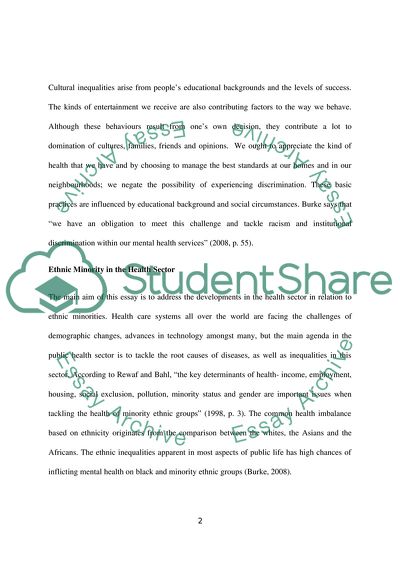Cite this document
(Minority Inequality Essay Example | Topics and Well Written Essays - 2000 words, n.d.)
Minority Inequality Essay Example | Topics and Well Written Essays - 2000 words. https://studentshare.org/culture/1820220-minority-ethnic-groups-facing-inequality-write-a-report-in-two-parts
Minority Inequality Essay Example | Topics and Well Written Essays - 2000 words. https://studentshare.org/culture/1820220-minority-ethnic-groups-facing-inequality-write-a-report-in-two-parts
(Minority Inequality Essay Example | Topics and Well Written Essays - 2000 Words)
Minority Inequality Essay Example | Topics and Well Written Essays - 2000 Words. https://studentshare.org/culture/1820220-minority-ethnic-groups-facing-inequality-write-a-report-in-two-parts.
Minority Inequality Essay Example | Topics and Well Written Essays - 2000 Words. https://studentshare.org/culture/1820220-minority-ethnic-groups-facing-inequality-write-a-report-in-two-parts.
“Minority Inequality Essay Example | Topics and Well Written Essays - 2000 Words”. https://studentshare.org/culture/1820220-minority-ethnic-groups-facing-inequality-write-a-report-in-two-parts.


